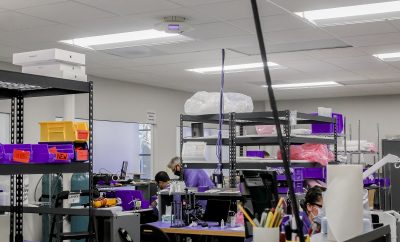
News
Scientists Cure Man of HIV Using ‘Superpower’ Cells
A London-based cancer patient that received a bone marrow transplant seems to have been cured of HIV. The patient, who has wished to remain anonymous, becomes the second person ever to be cured of HIV, providing powerful insight into how these ‘superpower cells’ can fight HIV infection.
More than a decade ago, Timothy Brown, also known as the Berlin Patient, became the first person to be cured of HIV by receiving a bone marrow stem cell transplant to treat cancer. In the procedure, both patients received bone marrow transplants from a donor that had a rare genetic mutation of the CCR5 gene, making them resistant to HIV. Both patients who received this treatment have now been off their antiviral drugs used to suppress HIV, without any sign of a resurgence of the disease.
Scientists say this procedure could never be offered as a cure for HIV due to the risks it carries. The procedure involves harvesting bone marrow from a compatible human donor, involving the patient to take a host of highly potent drugs that can severely impact the immune system. This, compounded with the risk of the bone marrow transplants being potentially fatal, make it a difficult procedure to do on a large scale.
This does, however, mark a critical moment in the hunt for a cure for HIV. Anton Pozniak, president of the International AIDS Society, said, “Although it is not a viable large-scale strategy for a cure … these new findings reaffirm our belief that there exists a proof of concept that HIV is curable. The hope is that this will eventually lead to a safe, cost-effective and easy strategy to achieve these results using gene technology or antibody techniques.”
According to HIV.gov, there are approximately 1.1 million people in the US living with HIV. Every year, it is estimated 38,500 American become infected with the disease. In 2016, there were 6,160 deaths attributed to HIV in the US. However, with modern medicine, it has become a much more manageable disease, thanks to advances in antiretroviral drugs. As research continues, scientists hope to utilize what they’ve learned to develop a similar procedure involving gene therapy that would be much safer than bone marrow transplants.





0 comments